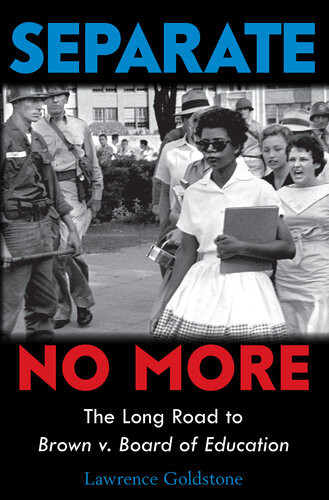

Most ebook files are in PDF format, so you can easily read them using various software such as Foxit Reader or directly on the Google Chrome browser.
Some ebook files are released by publishers in other formats such as .awz, .mobi, .epub, .fb2, etc. You may need to install specific software to read these formats on mobile/PC, such as Calibre.
Please read the tutorial at this link: https://ebookbell.com/faq
We offer FREE conversion to the popular formats you request; however, this may take some time. Therefore, right after payment, please email us, and we will try to provide the service as quickly as possible.
For some exceptional file formats or broken links (if any), please refrain from opening any disputes. Instead, email us first, and we will try to assist within a maximum of 6 hours.
EbookBell Team

4.8
104 reviewsSince 1896, in the landmark outcome of Plessy v. Ferguson, the doctrine of separate but equal had been considered acceptable under the United States Constitution. African American and white populations were thus segregated, attending different schools, living in different neighborhoods, and even drinking from different water fountains. However, as African Americans found themselves lacking opportunity and living under the constant menace of mob violence, it was becoming increasingly apparent that segregation was not only unjust, but dangerous.
Fighting to turn the tide against racial oppression, revolutionaries rose up all over America, from Booker T. Washington to W. E. B. Du Bois. They formed coalitions of some of the greatest legal minds and activists, who carefully strategized how to combat the racist judicial system. These efforts would be rewarded in the groundbreaking cases of 1952-1954 known collectively as Brown v. Board of Education of Topeka, in which the US Supreme Court would decide, once and for all, the legality of segregation -- and on which side of history the United States would stand.
In this thrilling examination of the path to Brown v. Board of Education, Constitutional law scholar Lawrence Goldstone highlights the key trials and players in the fight for integration. Written with a deft hand, this story of social justice will remind readers, young and old, of the momentousness of the segregation hearings.